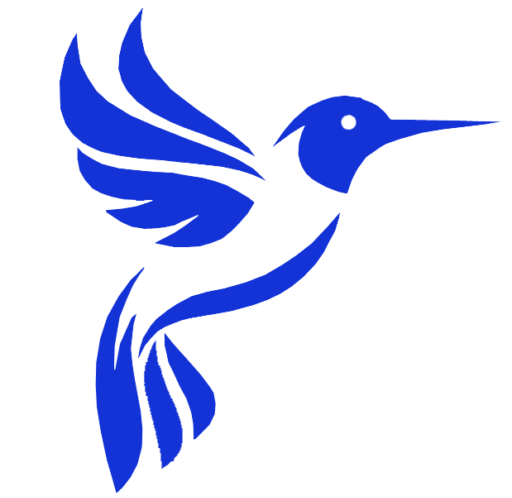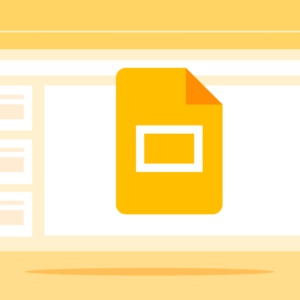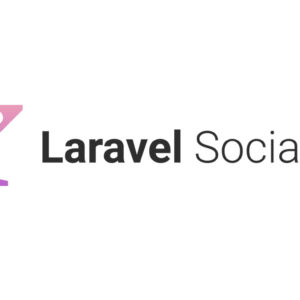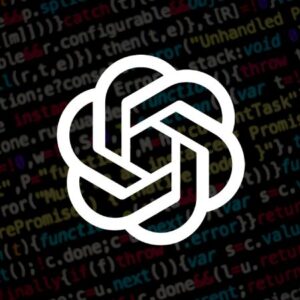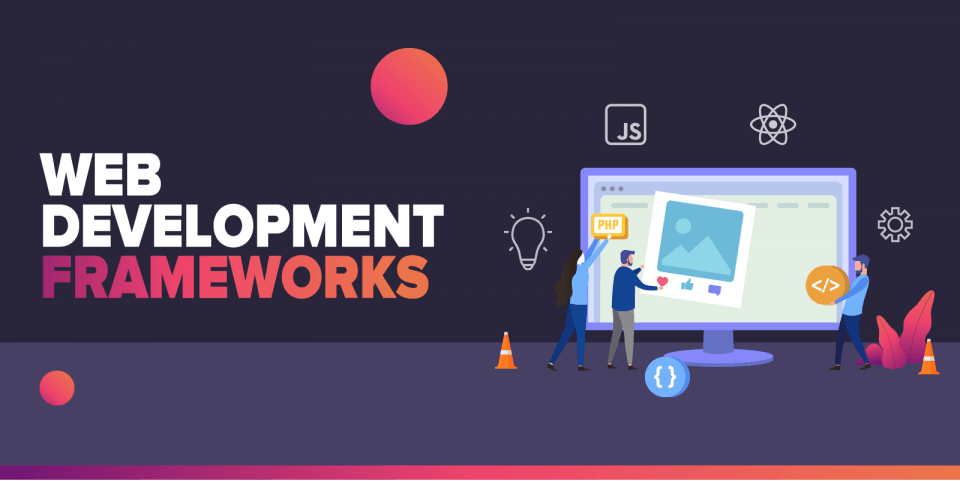
Laravel Tutorial
Laravel is a powerful PHP framework for building web applications. In the previous Laravel tutorial, we covered the basics of the framework. In this article, we will delve deeper into advanced techniques for web development using Laravel. These techniques will help you build more complex and robust web applications.
Implementing Authentication and Authorization
One of the most important aspects of any web application is user authentication and authorization. Laravel provides a simple and powerful way to implement this functionality. In this section, you will learn how to authenticate users, manage user roles and permissions, and restrict access to certain parts of your application based on user roles.
Creating and Managing Advanced Relationships
Laravel’s Eloquent ORM makes it easy to work with databases and create relationships between tables. In this section, you will learn how to create advanced relationships between tables, such as one-to-many, many-to-many, and polymorphic relationships. You will also learn how to manage these relationships using Eloquent.
Enhancing Performance with Caching and Queues
Web applications can quickly become slow and unresponsive if they are not optimized for performance. In this section, you will learn how to use caching and queues to enhance the performance of your Laravel application. Caching allows you to store frequently accessed data in memory, while queues allow you to defer time-consuming tasks to background processes.
Working with Advanced Forms and Validations
Forms are an integral part of any web application. Laravel provides a robust form-handling system that makes it easy to create and validate forms. In this section, you will learn how to create advanced forms with multiple fields and how to validate form data using Laravel’s validation system.
Deploying and Scaling Laravel Applications
Once you have built your Laravel application, you will need to deploy it to a production server. In this section, you will learn how to deploy a Laravel application to a production server and how to scale it to handle high traffic. You will also learn about tools and services that can help you manage your Laravel application in a production environment.
In conclusion, Laravel is a powerful PHP framework that makes it easy to build complex and robust web applications. In this article, we covered advanced techniques for web development using Laravel. These techniques will help you take your web development skills to the next level and build more sophisticated web applications. Whether you are building a simple blog or a complex e-commerce platform, Laravel has the tools and features you need to get the job done.
Table of Contents
